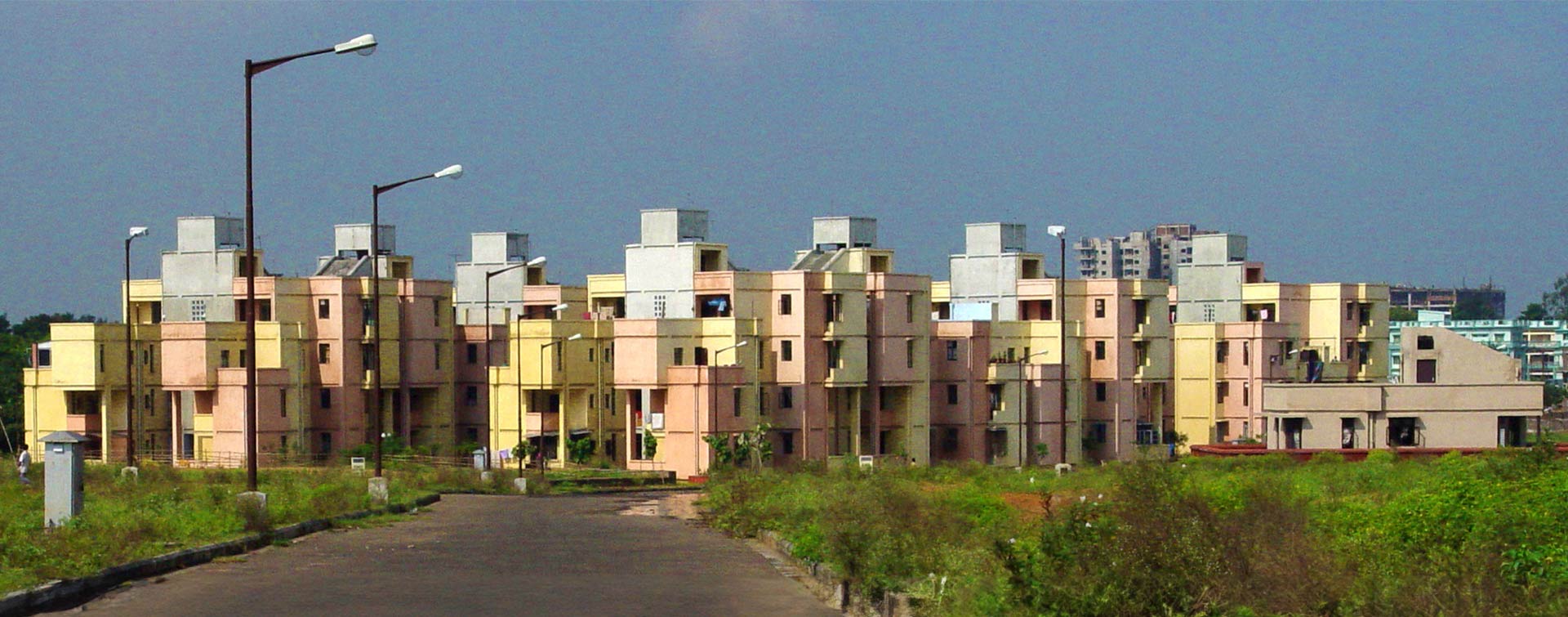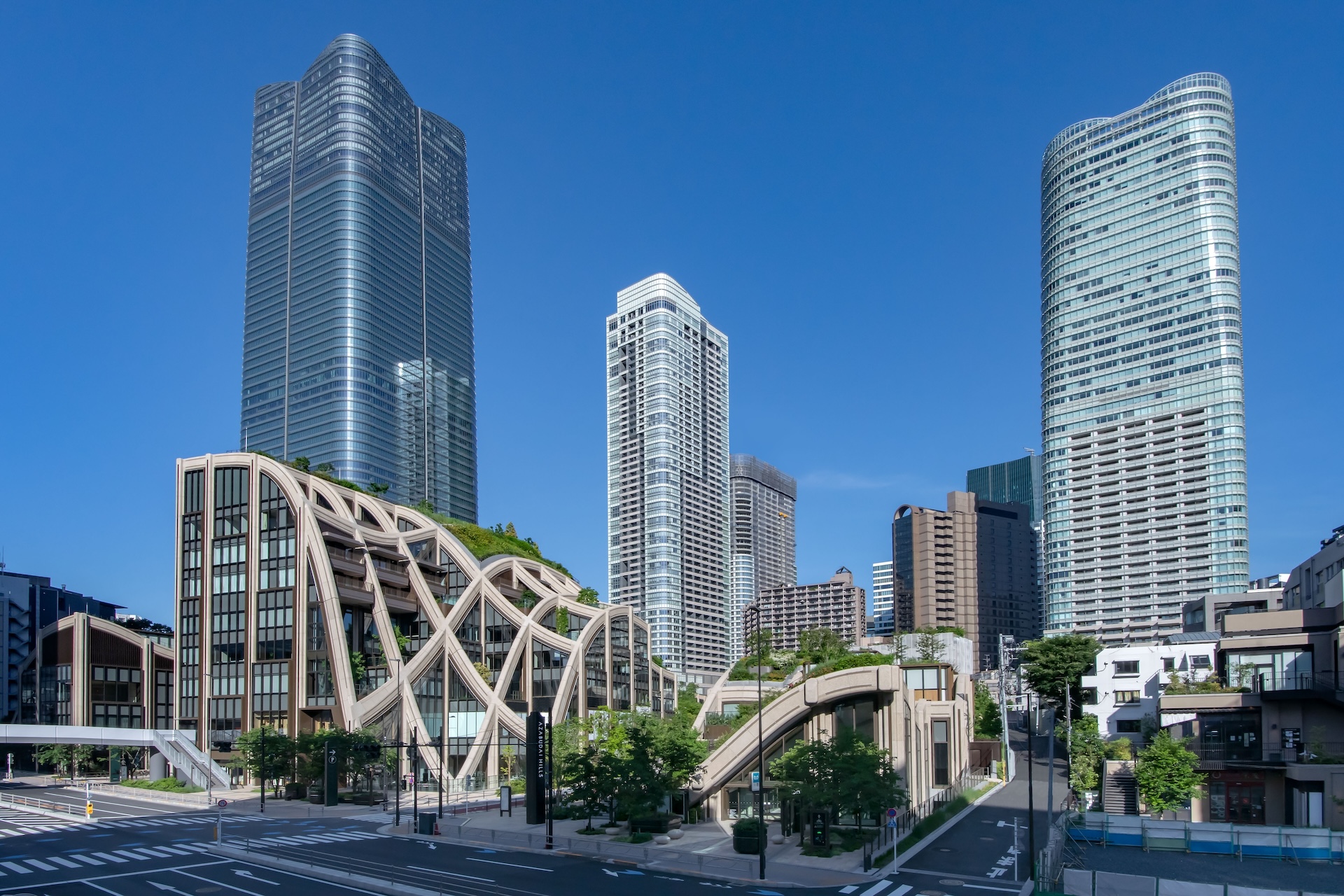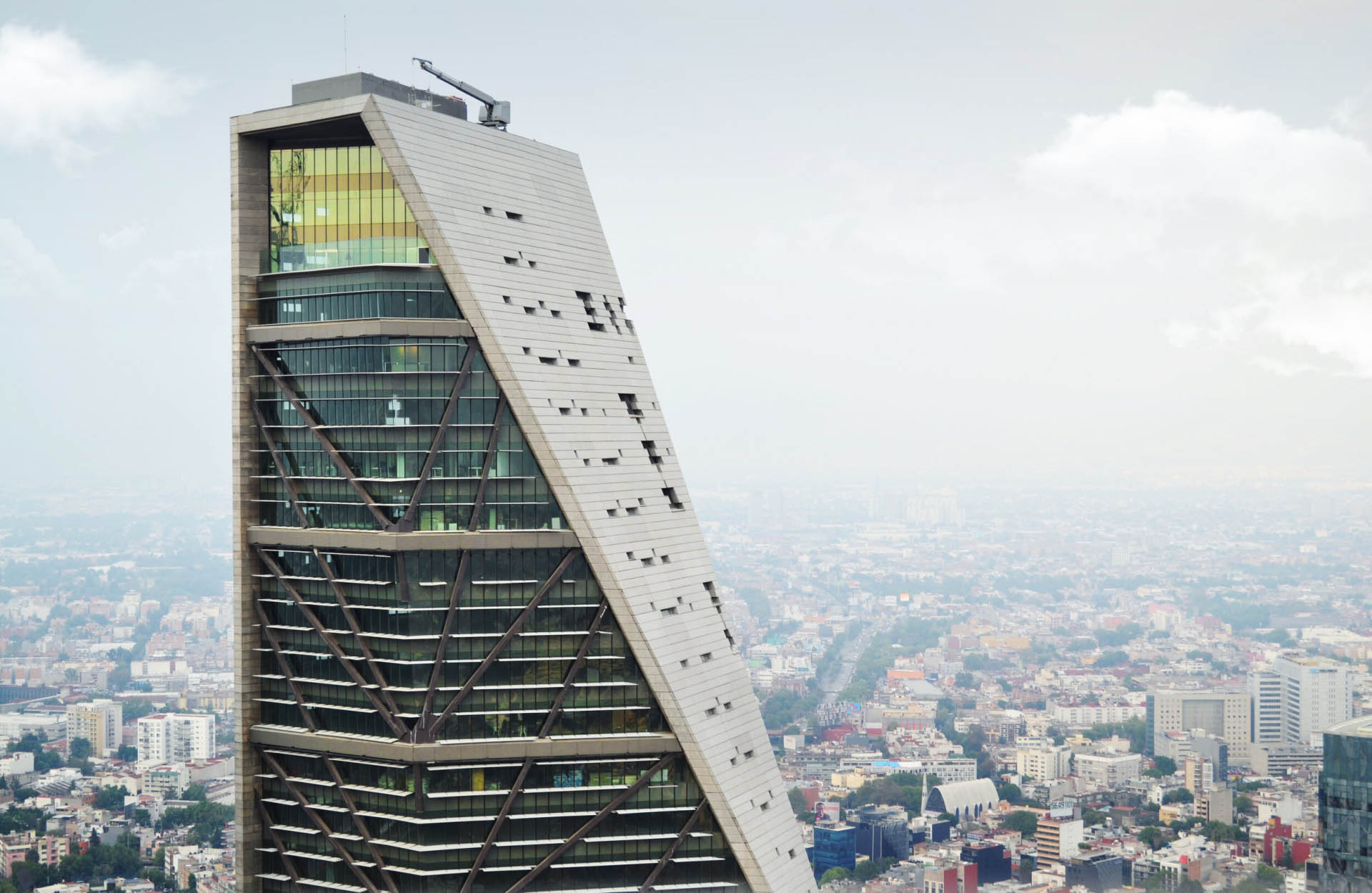 7 min
7 min
Why renovate rather than demolish and rebuild?
Oliver Rapf: The answer begins with a series of questions to ask yourself concerning the building: what is its original structure? What is its quality? How much do you have to invest to renovate it? These questions must be examined through the prism of its entire life cycle, in order to properly take into account the climate impact of the choices that are made, from the beginning of the project to its very end. Generally, the results of this analysis are indisputable: it is preferable to renovate rather than demolish and rebuild.
Ilari Aho: All the same, I would nuance this by adding that the (right) answer very much depends on the context, the building or the area in question. To decide, it is essential to analyze the effects of a renovation or a new build on the entire life cycle.
Who can help you make the right decision?
I. A.: First of all, experts capable of analyzing the project across its entire life cycle. Combined with the formulation of different scenarios, their understanding of the factual data provides a cross-sector perspective, which is a prerequisite for informing policies and the regulatory framework, as well as successfully carrying out construction projects, regardless of scale.
O. R.: At the Buildings Performance Institute Europe (BPIE), we have developed a “Building Renovation Passport” dedicated to these specific projects. This tool defines the steps that will be required to “make a building last”. And, above all, it makes it possible to simultaneously meet the twofold challenge of reducing the project’s environmental impact and improving its resilience to climate change. A single intervention, a single investment.
Are there enough “sustainability” experts?
O. R.: Not yet. And, incidentally, it’s a real business opportunity. In the construction sector, there is a high demand for innovative services to support owners and property developers in their decarbonization initiatives.
I. A.: More and more people are being trained and hired in these areas. Indeed, many skilled candidates are coming out of universities nowadays. I’m rather optimistic: these experts will increasingly naturally become an integral part of decision-making processes for construction projects.
O. R.: The paradox is that, at the same time, we are suffering from a real shortage of qualified labor on the ground. The sector will therefore have to invest in training and upskilling staff in order to become more appealing. Innovation and digitization can contribute to this.
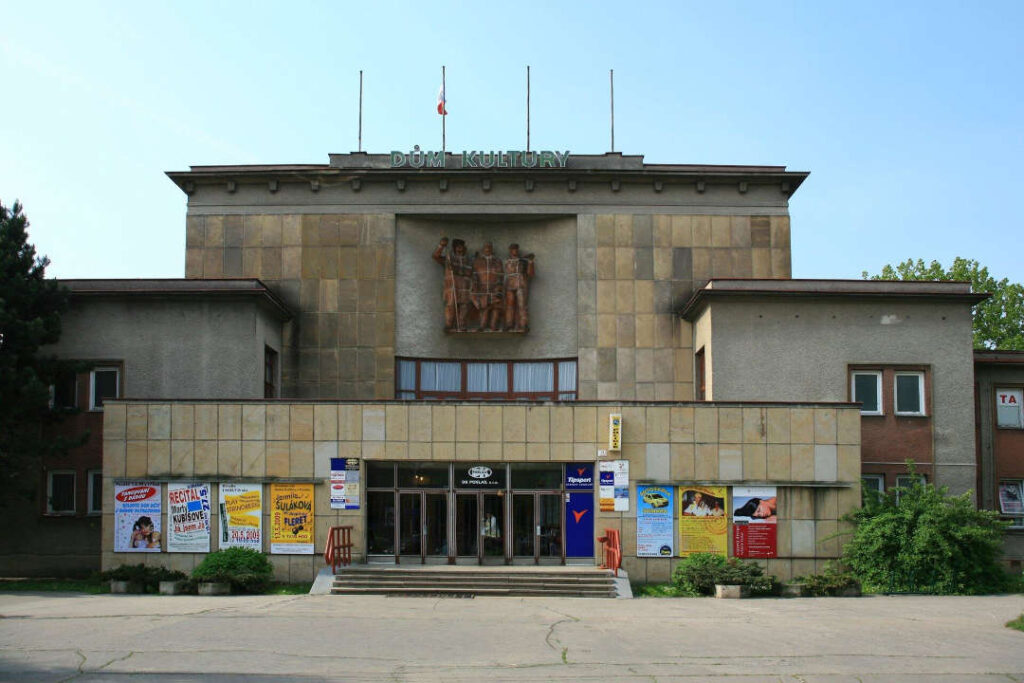
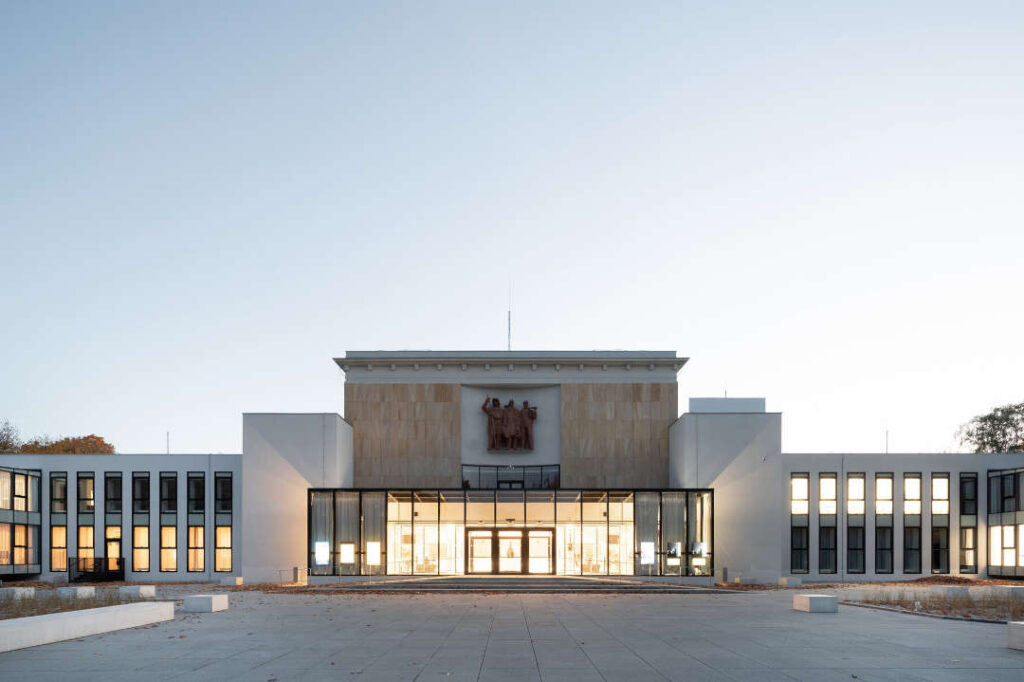
In Europe, most current buildings do not comply with sustainable construction standards. What do you recommend? Should we raze historic cities to the ground and rebuild everything?
I. A.: Of course not! Quite the opposite. A building used for centuries is by nature much more sustainable than a building built in the 1970s or 1980s. But the way we use these buildings has changed. With our electric and electronic equipment and artificial lighting, we are creating a much greater indoor thermal load than in the past. Very old constructions therefore face a twofold challenge: external climate change and an internal change of use. In the future, our historic quarters will have to become able to resist twice or even three times the volume of rain. We will therefore have to improve the resilience of traditional cities, without endangering their historic and cultural value.
O. R.: In fact, the prerequisite is to ensure that historic buildings can face up to the consequences of climate change, while continuing to offer residents a safe and healthy environment, even under extreme meteorological conditions. There is a long way to go, as certain urban areas are entirely covered in artificial surfacing incapable of absorbing rainwater. So, without going as far as demolishing buildings, we should instead consider building infrastructure differently and spaces to renature cities. We must envisage our buildings as part of a wider ecosystem, asking ourselves what they can individually bring to their immediate environment. A single building can actually already help improve the overall resilience of an entire neighborhood, for instance, because its green roof can absorb excess rain. By increasing these adaptations, we can boost the entire city’s resilience to the consequences of climate change, while preserving its soul.
In the future, most urban expansion will be in Asia and Africa. How can we facilitate the development of sustainable cities in these regions?
O. R.: The countries of the Global South really have the possibility of planning the growth of their cities much more sustainably than what was done in the North. They have the skills, the will, and the ideas to see it through. The key to success is to think local. The new buildings in these cities of the future must be designed in keeping with the climate and culture in which they are established. This should be achieved not only by implementing traditional techniques and solutions but also by supplying locally produced renewable energy, such as solar energy.
I. A.: In Asia, we are already seeing very concrete advances. Africa is in a more complicated position, but the African Alliance and the Africa Manifesto for Sustainable Cities, launched in 2022 during COP27 by the World Green Building Council (WGBC), are aiming to adapt sustainable construction principles to the reality of this vast continent. This should involve a training plan for the local populations, so that the sector has a workforce that is expert in sustainable construction techniques, and local capacity building in terms of material production. The good news is that a whole generation of professionals is currently emerging in Africa. They are in the best position to come up with the most relevant solutions.
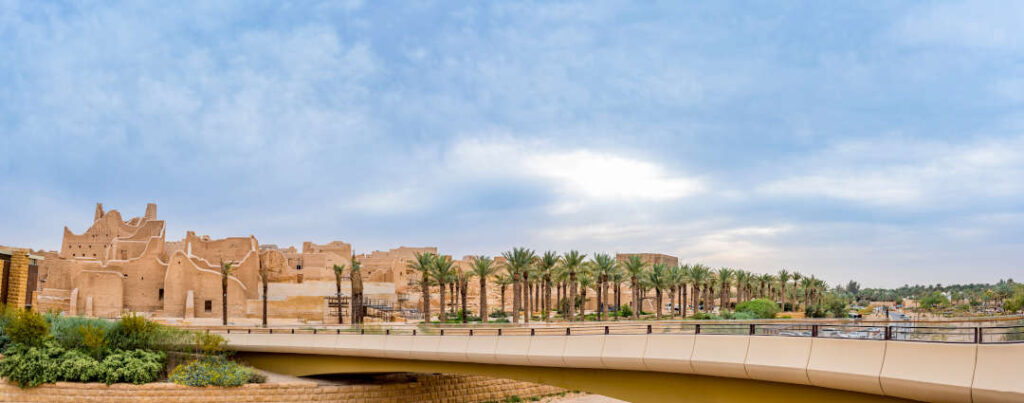
What are the mistakes to be avoided?
I. A.: Thinking that Europeans could design the solutions capable of solving all of Africa’s problems.
O. R.: Copying what has been done by Western nations over the past several decades. Twenty-first-century urban development will have to clearly differentiate itself from the century before. The countries of the Global South have a great deal of knowledge and ideas tailored to their own territories. From there, we must ask ourselves what we can do to support them in sustainable urban development.
Is hyperlocal the key to the sustainable city of tomorrow?
I. A.: The key is “glocal”, a mix of global and local. Cutting-edge technologies and solutions shared with those who need them, skills transfers. It is not about doing things “for” those who don’t yet know how but instead supporting their ability to solve problems themselves, with local solutions and expertise, in a way that is tailored to the local cultural, climate, and social contexts. And, on this subject, the industries of the Global North have a role to play in terms of knowledge and technology transfer.
O. R.: For me, education is key. And it’s clearly a question of political will. Each country must ensure that it has trained professionals driving a well-equipped construction sector, capable of renovating or designing sustainable buildings affordable for every budget, which will be able to stand the test of time while meeting inhabitants’ needs.
Photo credits: © Saint-Gobain - Architecte : PLATFORMA ARCHITECTI, © Wajedram/Shutterstock








